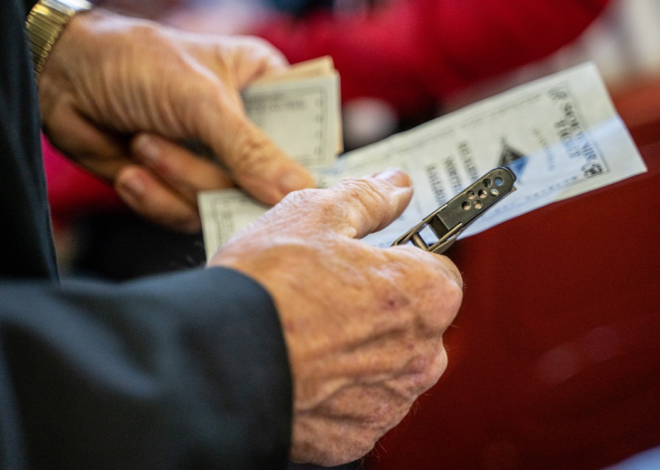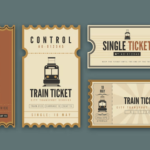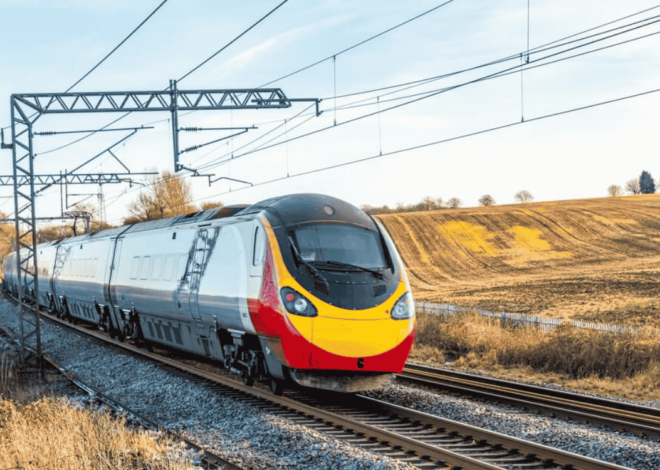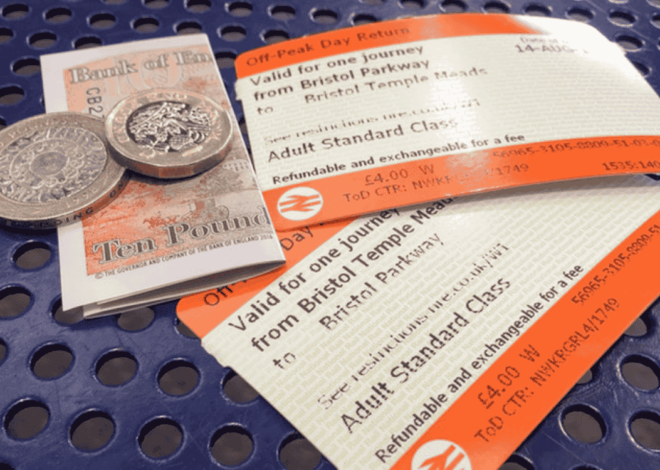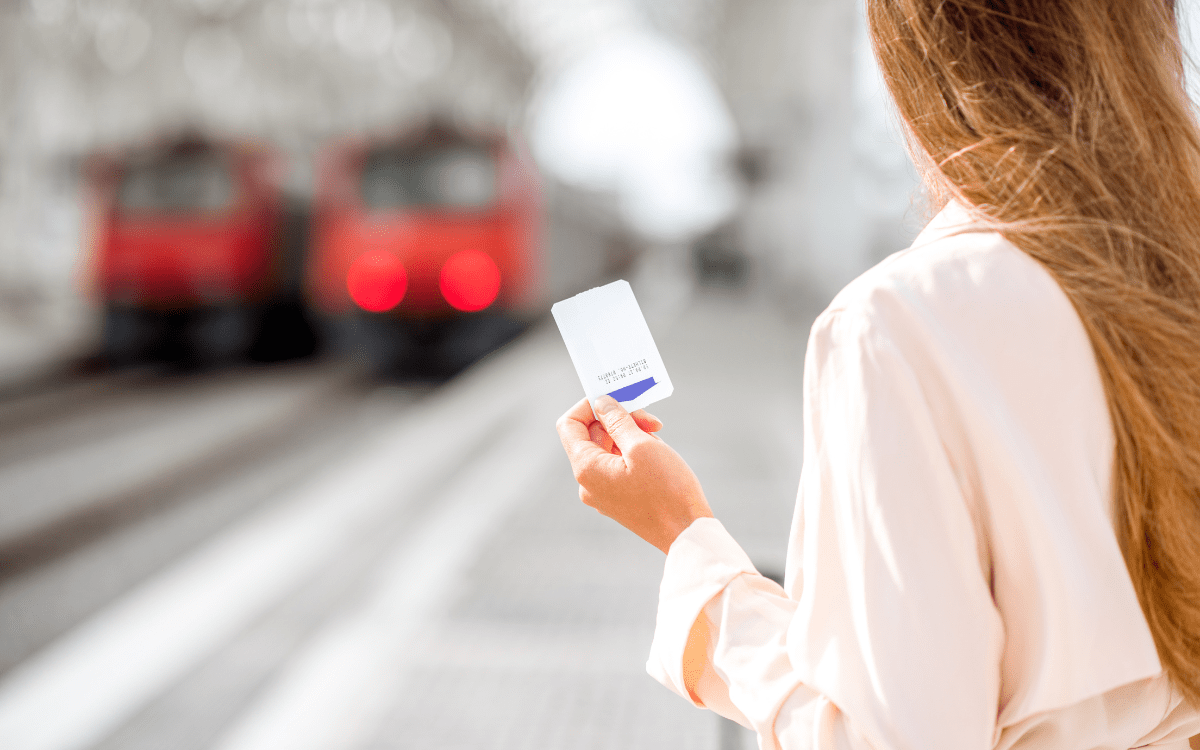
Split Ticketing vs. Railcards: Which Saves You More?
Rail travel has become an integral part of daily life for many people across the United Kingdom, especially as it offers convenience, connectivity, and a sustainable alternative to road travel. However, as rail fares continue to rise, travelers seek innovative methods to save on tickets without compromising on convenience. Two popular money-saving options have emerged as contenders in this pursuit: split ticketing and railcards. Both methods provide unique benefits but cater to different types of travelers and financial goals. This analysis explores each strategy, highlighting the advantages and disadvantages to help passengers determine which option is likely to save them the most.
Understanding Split Ticketing: A Cost-Saving Technique
Split ticketing, an increasingly popular approach, involves dividing a single journey into multiple ticketed segments instead of purchasing one continuous ticket. For instance, rather than buying a direct ticket from London to Manchester, a traveler might purchase separate tickets for each leg of the journey. This method allows travelers to take advantage of fare structures that may offer lower prices on shorter segments, even when the entire journey is completed on the same train.
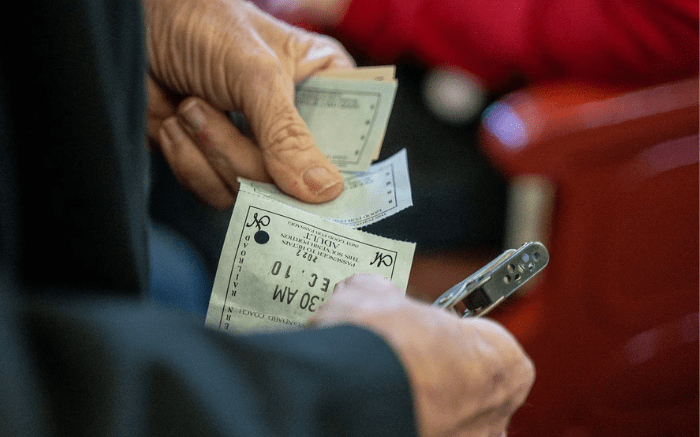
The rise of digital platforms like Trainline split save has made split ticketing more accessible, allowing travelers to benefit from split fares without having to manually research each segment of their journey. This automated solution identifies the most cost-effective ticketing options, ensuring substantial savings in a seamless process. Split ticketing is ideal for longer journeys where fare disparities are most evident, and it can sometimes yield savings of up to 50% or more compared to a standard ticket price.
Despite its benefits, split ticketing can present certain drawbacks. The method works best on popular, longer routes and might not yield substantial savings for shorter journeys or routes with limited stops. Additionally, it may be less straightforward for travelers who lack familiarity with the rail network. Nevertheless, the potential for considerable savings often makes this strategy highly appealing.
The Mechanics of Railcards:
Railcards, meanwhile, provide an entirely different approach to saving. They offer a set discount on rail fares, usually 30%, and are available for various age groups and demographics. Railcards are ideal for frequent travelers, commuters, or individuals with predictable travel patterns, such as students or senior citizens. One of the most widely used options is the 16-25 Railcard, which is specifically tailored to younger travelers and students. This railcard allows those in the 16-25 age bracket to enjoy a third off on most fares, which can amount to significant annual savings for regular travelers.
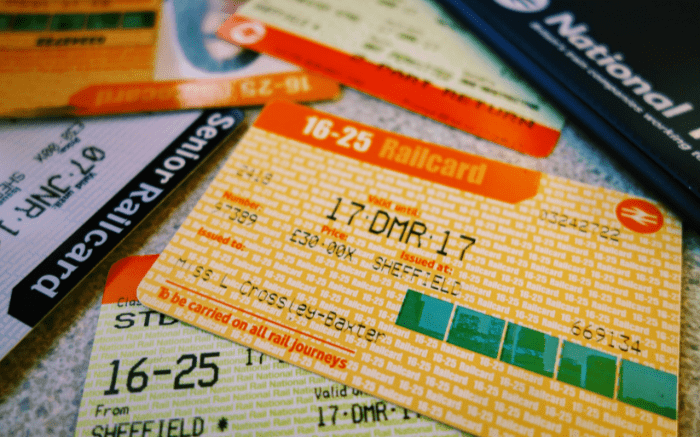
Railcards offer simplicity in terms of usage; once acquired, the discount is automatically applied to eligible fares, making it convenient for travelers who frequently book tickets. This method does not require breaking down journeys into multiple tickets or changing booking strategies depending on the route. For railcard holders, the only consideration is whether the discount justifies the initial cost of the railcard, which is typically around £30 for a year. For heavy travelers, this investment pays for itself after only a few journeys.
However, the discount may not always match the potential savings found through split ticketing, particularly on routes where split fares are considerably lower. Railcards offer consistency but not necessarily the maximum discount achievable, especially on journeys where split fares can lower ticket costs substantially.
Comparing Split Ticketing and Railcards:
When evaluating split train tickets and railcards, it is essential to consider the type of travel most frequently undertaken, the frequency of travel, and the desired level of convenience. Each option caters to distinct travel needs and offers different benefits based on usage patterns.
Cost Savings: Split ticketing often yields the highest savings on longer routes where significant fare disparities exist. This is especially true for journeys that traverse multiple fare zones, allowing travelers to capitalize on segment-specific pricing. The Trainline split save feature ensures that users can quickly identify the most economical option without manual searches. However, railcards, while offering a fixed discount, provide consistent savings across all eligible fares. For frequent travelers who benefit from a 30% discount across numerous journeys, railcards can quickly offset their initial cost.
Convenience: Railcards offer simplicity and convenience, as they apply a consistent discount to all tickets without requiring passengers to select specific segments or routes. This feature is particularly valuable for travelers who prioritize ease of use over maximizing every possible saving. Split ticketing, while beneficial, may sometimes require passengers to carry multiple tickets and, occasionally, to switch trains. Although most split-ticket journeys allow travelers to remain on the same train, the perceived complexity may deter some passengers.
Applicability and Flexibility: Split ticketing generally favors long-distance or peak-time travelers, where fare segmentation offers tangible financial benefits. Conversely, railcards cater to a broader range of demographics, with options for seniors, families, and disabled passengers. The 16-25 Railcard exemplifies this, as it offers young adults a straightforward discount on all eligible fares, encouraging sustainable travel among students and young professionals. Additionally, railcards remain beneficial even on shorter, low-cost routes, where split ticketing may not provide meaningful savings.
Real-World Examples of Cost Differences
To illustrate the potential savings, consider the following scenarios:
Scenario 1: London to Edinburgh: For a direct journey from London to Edinburgh, a standard ticket during peak hours may cost upwards of £150. Using split train tickets, a traveler might split the route at multiple stops, reducing the cost by as much as 40-50%. In contrast, a railcard holder would receive a 30% discount, potentially reducing the fare to £105. Here, split ticketing provides a more substantial saving.
Scenario 2: Frequent Commuting: A student commuting daily from Manchester to Leeds benefits significantly from a 16-25 Railcard, as the consistent discount applies to every trip, quickly recouping the card’s cost. In contrast, split ticketing might not yield considerable savings on this shorter route, making the railcard the preferred option.
Scenario 3: Occasional Long-Distance Traveler: For individuals who travel sporadically on long routes, split ticketing may provide a higher one-time saving without the commitment of a railcard. Trainline split save becomes a convenient tool in this scenario, as it requires no upfront investment and offers immediate discounts based on route and segment availability.
Maximizing Savings with Combined Strategies:
For travelers willing to leverage both strategies, combining split ticketing and railcard discounts can unlock the highest possible savings. Railcards typically apply to split-ticket fares as well, allowing users to benefit from segmented pricing and an additional discount. This approach works particularly well for travelers who frequently journey long distances but still value the flexibility provided by railcards.
Many travelers report that combining split ticketing with a railcard is an effective way to maximize value, particularly on routes with high fare variability. While this requires planning and possibly multiple bookings, the combined approach ensures that every available discount is applied.
Potential Drawbacks of Each Option:
Split Ticketing: Although beneficial, split ticketing can sometimes require passengers to carry multiple tickets and to be aware of segment-specific restrictions, such as station changes or minor time delays. Additionally, the savings are not guaranteed across all routes, making it a less consistent option than railcards.
Railcards: The primary drawback of railcards is the initial fee, which may not pay off for occasional travelers. Additionally, the 30% discount, though substantial, may not yield the same level of savings as split tickets on high-cost routes. Travelers must also ensure they meet the railcard’s eligibility requirements, which can limit the card’s applicability.
Final Verdict: Choosing the Optimal Option
Choosing between split ticketing and railcards ultimately depends on travel frequency, journey length, and individual preferences. For frequent travelers, such as students or daily commuters, a 16-25 Railcard or other suitable railcards offer dependable savings across all eligible journeys, making it a cost-effective solution. The railcard provides ease of use, no additional booking steps, and a fixed discount—appealing to those who value convenience and simplicity.
Conversely, for those who embark on occasional long-distance journeys, split train tickets can unlock higher savings without the need for an annual commitment. The Trainline split save tool is particularly valuable for occasional travelers looking to maximize savings on one-off journeys, as it removes the complexity of manually searching for segmented fares.
Ultimately, both split ticketing and railcards offer significant benefits for UK rail passengers, with the best choice varying based on personal circumstances and travel habits. Some may find a railcard’s consistent discount indispensable, while others may prefer the substantial, route-specific savings afforded by split tickets. For savvy travelers, employing both strategies when possible will ensure maximum savings and flexibility on every journey.

